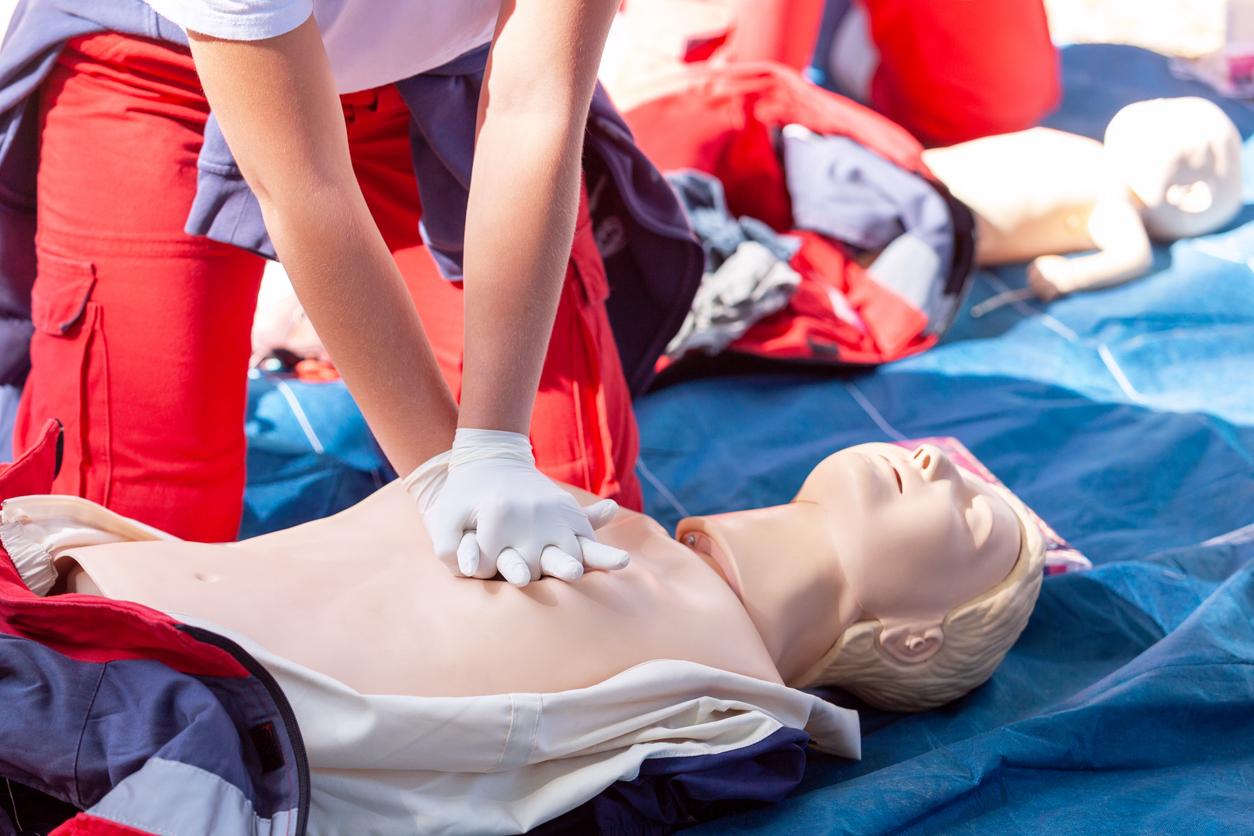Australian cardiologists believe that the singer’s hits could help keep the right rhythm during cardiopulmonary resuscitation.
-1708094208.jpg)
- In the event of cardiac arrest, cardiopulmonary resuscitation helps save lives by providing oxygen and circulating a person’s blood.
- For it to be effective, authors recommend practicing it on one of Taylor Swift’s 50 songs, whose tempo ranges from 100 to 120 beats per minute.
- This approach has also been endorsed by the American Heart Association.
What if Taylor Swift’s music and popularity could help promote cardiovascular health? This was suggested by researchers and doctors from Monash University and the Monash Victorian Heart Institute (Australia). At an academic conference on the superstar, called “Swiftposium,” experts revealed that these songs could teach his fans and others how to perform cardiopulmonary resuscitation (CPR) in case of cardiac arrest and thereby saving lives.
Cardiac arrest: 50 Taylor Swift songs are suitable for cardiopulmonary resuscitation
“A quarter of people who have a cardiac arrest do not reach hospital and we know that survival rates from cardiac arrest can be significantly improved with bystander cardiopulmonary resuscitation,” said Professor Stephen Nicholls, director of the Victorian Heart Institute. Problem: In Australia, only 50% of the population is trained in cardiopulmonary resuscitation, and more than half of them were trained more than five years ago. This means that only 40% of people who have suffered a cardiac arrest receive bystander cardiopulmonary resuscitation while waiting for an ambulance.
The researcher believes every Australian should know how to perform cardiopulmonary resuscitation. For this, experts have found a solution. As part of works, the team identified more than 50 Taylor Swift hits. In the list, we find Fearless, Nothing New, You’re Losing Me, King Of My Heart or I Wish You Would. These hits are technically suitable for the practice of cardiopulmonary resuscitation, which aims to circulate oxygen-rich blood from the lungs to the brain and organs until the heart can be restarted using a defibrillator. As a reminder, for this set of maneuvers to be effective, the rate of compressions must be 100 to 120 per minute, just like the tempo of the superstar’s songs.
“Music plays an essential role in maintaining effective compressions in CPR”
This approach has also been endorsed by the American Heart Association. “Music plays a vital role in maintaining effective compressions in CPR. As iconic songs lose their relevance, it is essential to identify new songs with optimal beats per minute (BPM) for training. (…) Taylor Swift’s music is some of the most popular and influential of this generation. If you can take something that people love and use it to make them feel confident in learning a skill that could save someone, then it’s really very powerful”, concluded Stephen Nicholls.
















